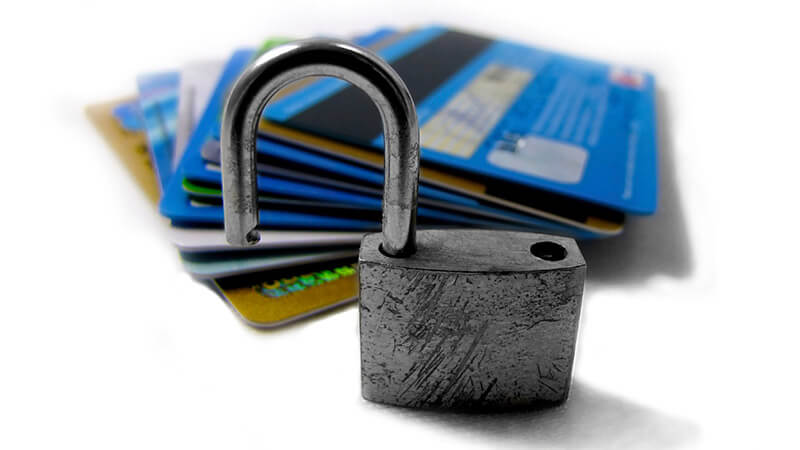Identity theft is the number one consumer complaint in 2015, according to the Federal Trade Commission (FTC). Millions of Americans have found themselves facing down identity theft that threatens to harm their credit rating and financial health. But what do you do when you’re a victim of identity theft? How do you protect yourself?
“Identity theft is the number one consumer complaint in 2015”
Contact Creditors/Companies
As soon as you become aware (or suspect) that you’re a victim of identity fraud, you need to immediately contact the creditors or companies where you think the fraud occurred. Once you contact them you need to do the following:
 Ask for their fraud department. Tell them you suspect (or know) that fraud is taking place on your account. Be prepared to offer as many details as possible. For example, tell them which charges are fraudulent and offer any ideas on where you think the fraudulent charges originated.
Ask for their fraud department. Tell them you suspect (or know) that fraud is taking place on your account. Be prepared to offer as many details as possible. For example, tell them which charges are fraudulent and offer any ideas on where you think the fraudulent charges originated.
Freeze your account. Consider putting a freeze on your account so that no charges can be made until the issue is resolved.
Close your account. If an account was opened in your name without your permission, have it closed immediately. If the account is one that you opened yourself such as a bank account, consider closing and reopening it with a new account number.
Change your passwords and PINs. Even if you don’t think the thieves have your passwords and pin numbers, change them anyway just to be safe.
Contact Credit Bureaus
Once you’ve filed a fraud report with your creditors/companies, contact one of the three major credit bureaus and place a fraud alert on your credit report.
- Equifax.com/CreditReportAssistance
1-888-766-0008 - Experian.com/fraudalert
1-888-397-3742 - TransUnion.com/fraud
1-800-680-7289
This fraud alert will remain in place for 90 days and will let lenders know that they should take extra steps to verify the identity of anyone attempting to open credit in your name. Once you place a fraud alert with one credit bureau, that bureau will contact the other two.
Alternatively, you may want to place a credit freeze on your credit report so that no lender can get access to your credit report. This means that any identity thief attempting to apply for credit in your name will automatically have their application denied. But this also means that you will need to go through a special procedure to have your credit report “thawed” when you’re ready to apply for credit.
Both fraud alerts and credit freezes are free.
You should also get a copy of all of your credit reports and check to see if there is any fraudulent activity there. If you find unauthorized accounts on your credit report, begin the fraud reporting process again.
File FTC Complaint
Once you’ve reported the fraudulent activity to your creditors/companies and the credit bureaus, you should contact the FTC and file a fraud complaint online or over the phone at 877-438-4338.
You can print your Identity Theft Affidavit and file that with the police.
Contact Local Police
A final but important step is filing a report with the local police department. Call the local police and report your identity theft. Be sure to give accurate and useful information about the crime. Some police departments allow you to file an identity theft report online, but not all. However when you file the report, make sure you get a copy for your records.
To protect yourself from identity theft, sign up for a reputable credit monitoring service.



